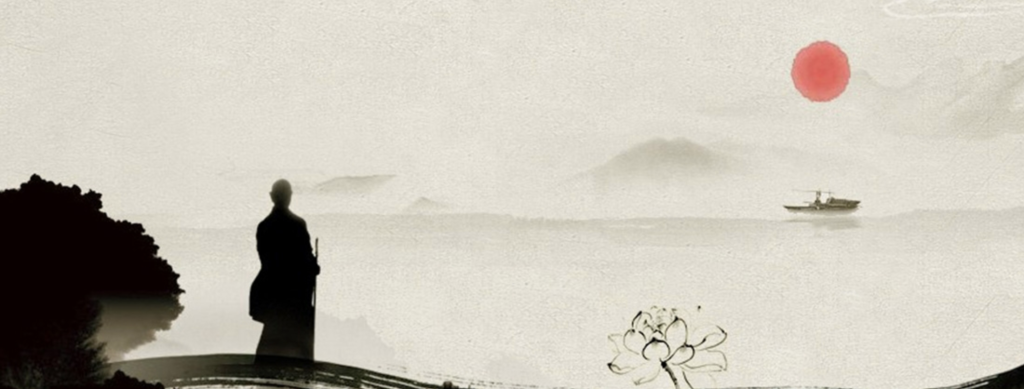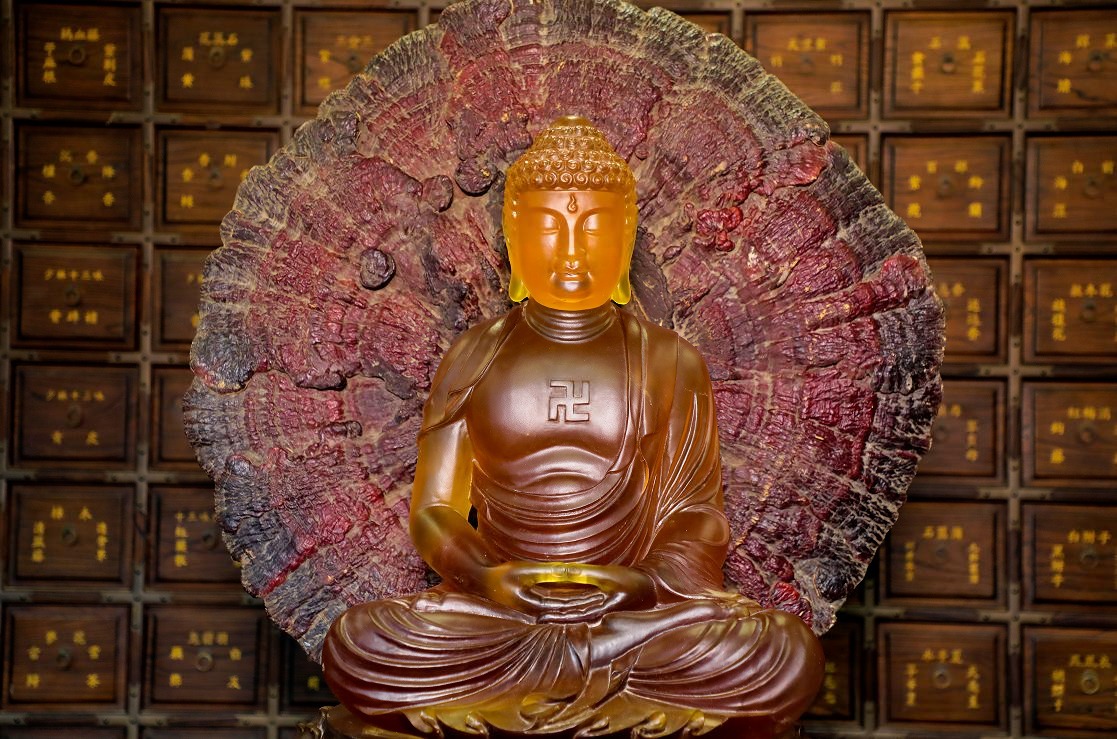Abbot Shifu, what is Zen?
Answer: Not indulging in random thoughts is Zen. The Buddha said: “A human life lasts only between breaths.”
Question: Master, may you be blessed with peace and joy![Note: Traditional Buddhist greeting] A friend of mine, around 40 years old, has practiced Buddhism for over a decade. Two days ago, he suddenly became a vegetative state and later passed away. Master, why didn’t the Buddha protect him?
Answer: The world undergoes formation, dwelling, decay, and emptiness; humans experience birth, aging, illness, and death—there is no birth without death. Contemplate the impermanence of the body, the absence of self, and the absence of what belongs to self. Cultivate diligently while alive. When the disciple’s mind naturally gives rise to wisdom and abides in true nature, that is the field of merit.
Question: Master, may you be blessed with peace and joy![Note: Traditional Buddhist greeting] The Ksitigarbha practice is said to greatly bless worldly endeavors, work, and wealth. I exclusively recite the sacred name of Amitabha. Since the Amitabha path directly points to the Pure Land of the West, does it also greatly bless worldly work and career?
Answer: All Dharmas are equal, with no superiority or inferiority. They all teach us to eradicate the three poisons of greed, hatred, and delusion within our hearts.

The earliest textual descriptions of “Zen” [Chan] date back to the pre-Qin period, though no specific term was used at the time. During the Han Dynasty, with the introduction of Buddhism, the Sanskrit term “jana” from India was adopted into China, initially translated as “channa” (禅那), which was later simplified to “chan” (禅). Hu Shi, in his work Hu Shi on Zen, noted: “The Buddhist method of dhyana was also called ‘yoga,’ practitioners were termed ‘yogācāra,’ and the method itself was named ‘yogācārabhūmi,’ meaning ‘the ground of the yoga practitioner,’ or in translation, ‘the ground of spiritual practice.’”
Originally, “yoga” was a physical discipline practiced exclusively by women in India’s prehistoric matrilineal agricultural society, aimed at harmonizing yin and yang within the body. Over time, it evolved to encompass spiritual and cultural dimensions, giving rise to yogic philosophy. Zen culture represents the essence of Eastern civilization, rooted in India but flourishing in China. Since its introduction during the Han Dynasty, Buddhism gradually integrated with indigenous Wei-Jin metaphysics, Daoist philosophy, and Confucian thought. As Zen developed, it permeated various aspects of society, forming a rich and diverse cultural tradition. Zen fused with poetry to become “Zen poetry”; with tea, “Zen tea”; with painting, “Zen painting,” and so on. For millennia, Zen culture has thrived, profoundly influencing China’s social progress and cultural advancement.
What is Zen?
The Sixth Patriarch of Zen, Master Huineng, encapsulated its essence with the dictum: “No reliance on words, a direct pointing to the mind, seeing one’s nature and attaining Buddhahood.” This succinctly defines Zen’s core and purpose. Indeed, Zen’s profundity defies exhaustive description in words. Yet, Zen is omnipresent—a wisdom that penetrates the heart and grasps the core of all things, revealing the true nature of existence.
Zen emphasizes “stillness,” urging quiet reflection and persistent striving. It stresses “stability,” advocating inner resolve, fulfilling one’s role with integrity and sincerity. It cherishes “sudden enlightenment,” a form of intuitive insight that guides seekers to comprehend life’s ultimate truth and ascend to new realms of understanding. Zen permeates every facet of human outlook and morality, embodying a profound attitude toward life. Thus, everyone should cultivate Zen wisdom to refine their character, purify the mind, awaken insight, discern life’s purpose, and journey toward a fulfilling existence.
As a method of Buddhist practice, Zen prioritizes the intuitive grasp of the “mind” and the self-cultivation of the “nature.” It calls for personal effort—”self-cultivation, self-realization,” “self-reliance,” “self-respect, self-love.” As the Zen saying goes: “A person’s worth lies in independence; independence requires strength. Do not depend on others, nor demand from them—whether kin or stranger, none can be relied upon.” Seeking within rather than without—that is the essence of Zen.
“Mountains are mountains, waters are waters; mountains are not mountains, waters are not waters; mountains are still mountains, waters are still waters.”
This widely known adage, laden with deep Zen meaning, illustrates the stages of spiritual awakening. In the beginner’s phase, limited understanding leads one to take appearances at face value—”mountains are mountains, waters are waters.” With maturity and deeper insight into life’s complexities, the disillusionment of worldly imperfections arises, and mountains and waters are no longer mere scenery—”mountains are not mountains, waters are not waters.” At the highest stage of realization, having transcended duality and devoted oneself wholly, one returns to simplicity—”mountains are still mountains, waters are still waters.” Zen Master Qingyuan Weixin used this progression to summarize his journey from shallow to profound understanding, elucidating its underlying truth.



